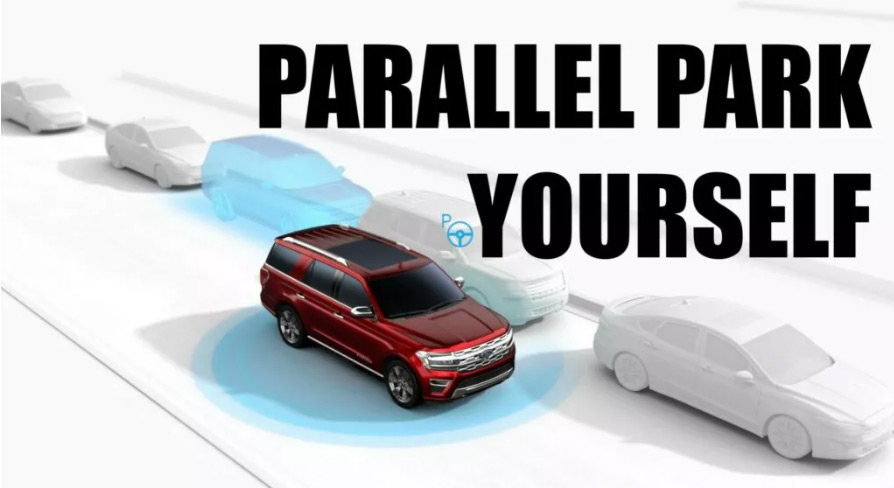As the Internet of Things becomes more prevalent, every aspect of a connected thing is potentially monitorable for performance, predictive maintenance, failure, etc. Another sometimes overlooked element of this capability, particularly for more complex entities, is a newfound awareness of the use of every feature and function by the end customer.
In one example, as vehicles gain more technological innovations, studies attempt to describe the drivers’ use and reaction to various features intended to make driving easier, safer, and more enjoyable. Drivers’ interaction with features they control provides valuable information, including the frequency of use, which helps gauge their affinity (or lack thereof). The evolution of the “connected car” has made this data collection much easier and more comprehensive, providing manufacturers with all the relevant data. In one recent case, Ford used this information to determine that very few customers used the driver-assist parallel parking feature, resulting in it being discontinued.

With the implementation of other IoT solutions, the possibility of collecting more data for decision-making extends these types of analyses into different industries. Virtually any appliance, machine, etc., with user-controllable features, presents an opportunity to gather data for fine-tuning the product based on the customer’s behavior.
Household appliances are becoming more efficient, providing more than one mode of operation with some reducing energy consumption at the push of a button. Many air conditioners, for example, have different modes, and one of them is often labeled something like “Eco Mode.” Manufacturers add options like these to meet industry requirements and improve customer satisfaction with a lower cost of operation.
If these AC units are connected versions, data flows back to the manufacturer, and let’s say, hypothetically, that information shows very few customers using this setting. Removing it as an option would be a rash decision versus attempting to determine why. Some customers may say, “I don’t know what Eco Mode means,” for example. Or, “I just leave it on the same setting all the time, so I don’t have to mess with it.”
Changing the label on future versions to “Energy Saving Mode” may make it more evident to the customer that they can save some money and encourage them to try it. Another option might be adding an energy use indicator to the visual display with different levels depending on the mode selected. For example, Eco Mode could show energy level use of “1,” with other less economical settings reflecting “2”, “3,” etc.
The article about the Ford driver-assist parallel parking feature doesn’t state anything about customer research in response to the low level of use. There may have been an opportunity for customer feedback there, as well. With all the bells and whistles on some new vehicles, is it possible some drivers didn’t know they had that feature? If asked, customers might have said they were nervous about using it, which could result in a suggestion to dealerships to ask if they would like to see a demonstration when they pick up their cars.
In any case, using IoT data effectively presents visibility into how customers use a company’s product. It’s possible to monitor every button push, setting change, or mode of operation. As with most IoT implementations, turning this data into actionable information can be invaluable.

